The invisible wall of // De onzichtbare muur van // Sebastiana del Castillo y Manrique de Lara (1819-1903)
For Dutch scroll down!
Did you know about a Canarian woman, descendant of the Colonels of the Señores de Fuerteventura, who ‘broke through’ an ‘invisible wall’?
Her name is Sebastiana del Castillo y Manrique de Lara (1819-1903). She lived in the Canary Islands and was the VII Marquesa de la Quinta Roja, a noble family. She was widowed, which for her (Canary Islands in the 19th century) meant that she had few rights other than to mourn her deceased husband all her life. But then her only son, Diego Ponte del Castillo, also died in 1880.
Sebastiana wanted to bury his body in the religious family grave. But because of Diego’s membership in Freemasonry, which the Catholic Church did not like, the Church did not allow Sebastiana to bury her son in the religious family grave. Sebastiana then decided to build her own family mausoleum for her son in the garden of their house.
This was very unusual, women were not expected to initiate such projects. Her act later became known as a «symbol against religious intolerance«. It turned out to be a very effective way of protesting: the mausoleum is still standing in la Orotava, Tenerife. Her act was in line with what the American female writer and her contemporary Margaret Fuller (1810-1850) had written a few years earlier: in 1845, Fuller published a book called ‘Woman in the Nineteenth century» in which she urged women to be «an individual and self-dependent«. Sebastiana did this in the strongest possible way for her time, in the 19th century.
Do you think ‘invisible walls’ like the one Sebastiana fought against are still present in our society today?
This project «Los Muros Invisibles» is possible thanks to the Canarian Institute for Cultural Development and the Government of the Canary Islands.
Photo: view from the door la Casa de los Coroneles, La Oliva, Fuerteventura, Canary Islands.
~~~
Heb je ooit gehoord over een Canarische vrouw, afstammeling van de kolonels van de Señores de Fuerteventura, die een ‘onzichtbare muur’ doorbrak?
Haar naam is Sebastiana del Castillo y Manrique de Lara (1819-1903). Ze woonde op de Canarische Eilanden en was de VII Marquesa de la Quinta Roja, een adellijke familie. Ze was weduwe, wat voor haar (Canarische Eilanden in de 19e eeuw) betekende dat ze weinig andere rechten had dan haar hele leven te rouwen om haar overleden echtgenoot. Maar toen stierf ook haar enige zoon, Diego Ponte del Castillo, in 1880.
Sebastiana wilde zijn lichaam begraven in het religieuze familiegraf. Maar vanwege Diego’s lidmaatschap van de vrijmetselarij, waar de katholieke kerk niet van hield, stond de kerk niet toe dat Sebastiana haar zoon in het religieuze familiegraf begroef. Sebastiana besloot toen om haar eigen familiemausoleum voor haar zoon te bouwen in de tuin van hun huis.
Dit was zeer ongebruikelijk, vrouwen werden niet geacht om dergelijke projecten te starten. Haar daad werd later bekend als een «symbool tegen religieuze intolerantie«. Het bleek een zeer effectieve manier van protesteren: het mausoleum staat nog steeds in la Orotava, Tenerife. Haar daad was in lijn met wat de Amerikaanse schrijfster en haar tijdgenoot Margaret Fuller (1810-1850) een paar jaar eerder had geschreven: in 1845 publiceerde Fuller een boek genaamd ‘Woman in the Nineteenth century‘ waarin ze vrouwen aanspoorde om «een individu en op zichzelf aangewezen» te zijn. Sebastiana deed dit op de sterkst mogelijke manier voor haar tijd, in de 19e eeuw.
Denk je dat ‘onzichtbare muren’ zoals waar Sebastiana tegen vocht nog steeds aanwezig zijn in onze samenleving?
Dit project «Los Muros Invisibles» is mogelijk dankzij het Canarische Instituut voor Culturele Ontwikkeling en de regering van de Canarische Eilanden.
Foto: zicht vanaf de deur van la Casa de los Coroneles, La Oliva, Fuerteventura, Canarische Eilanden.


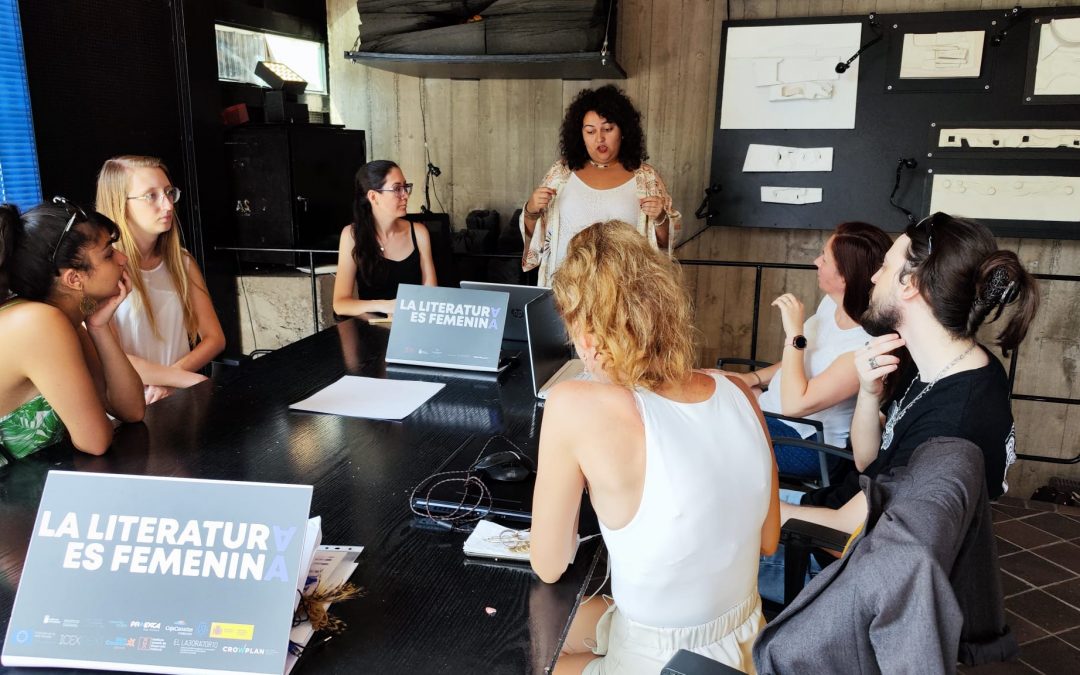
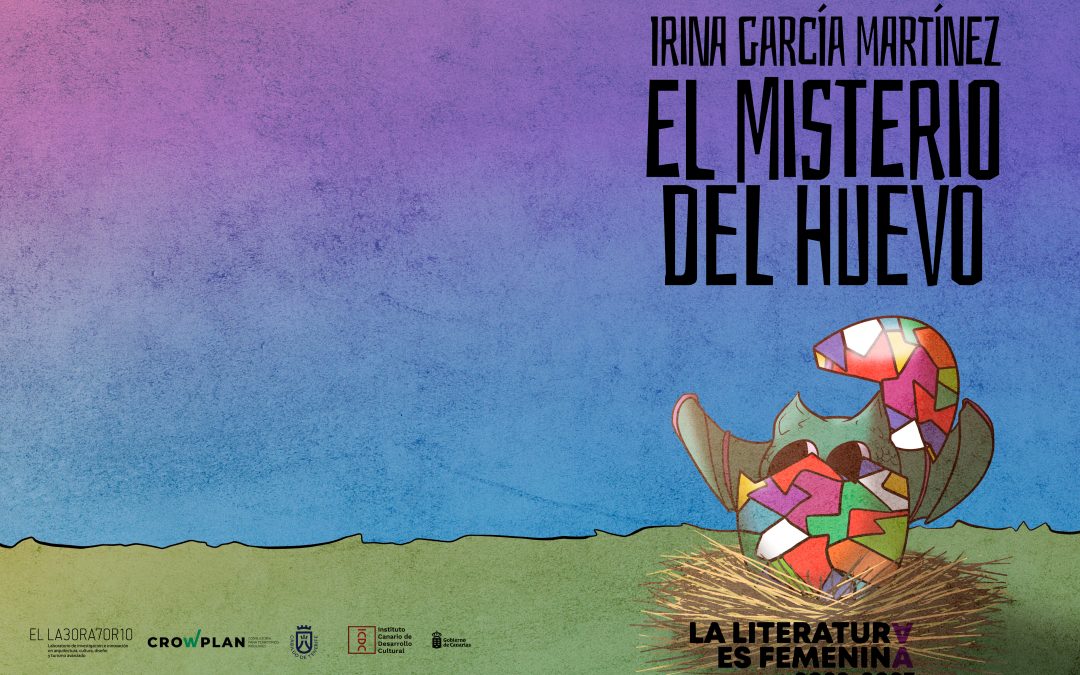

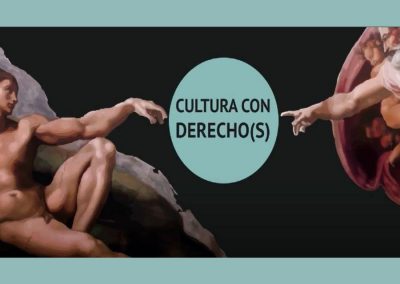
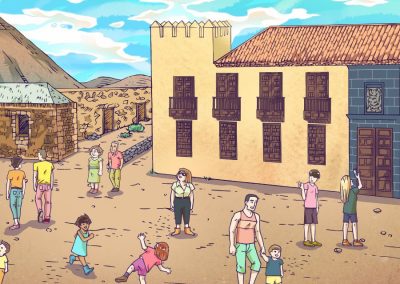

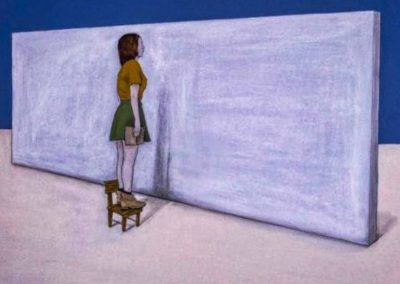
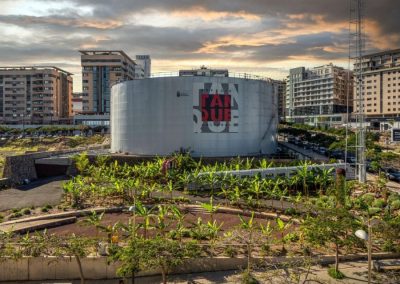
0 comentarios